The Epic & Ultimate Pilgrimage: Ise Jingu for Solo Travelers
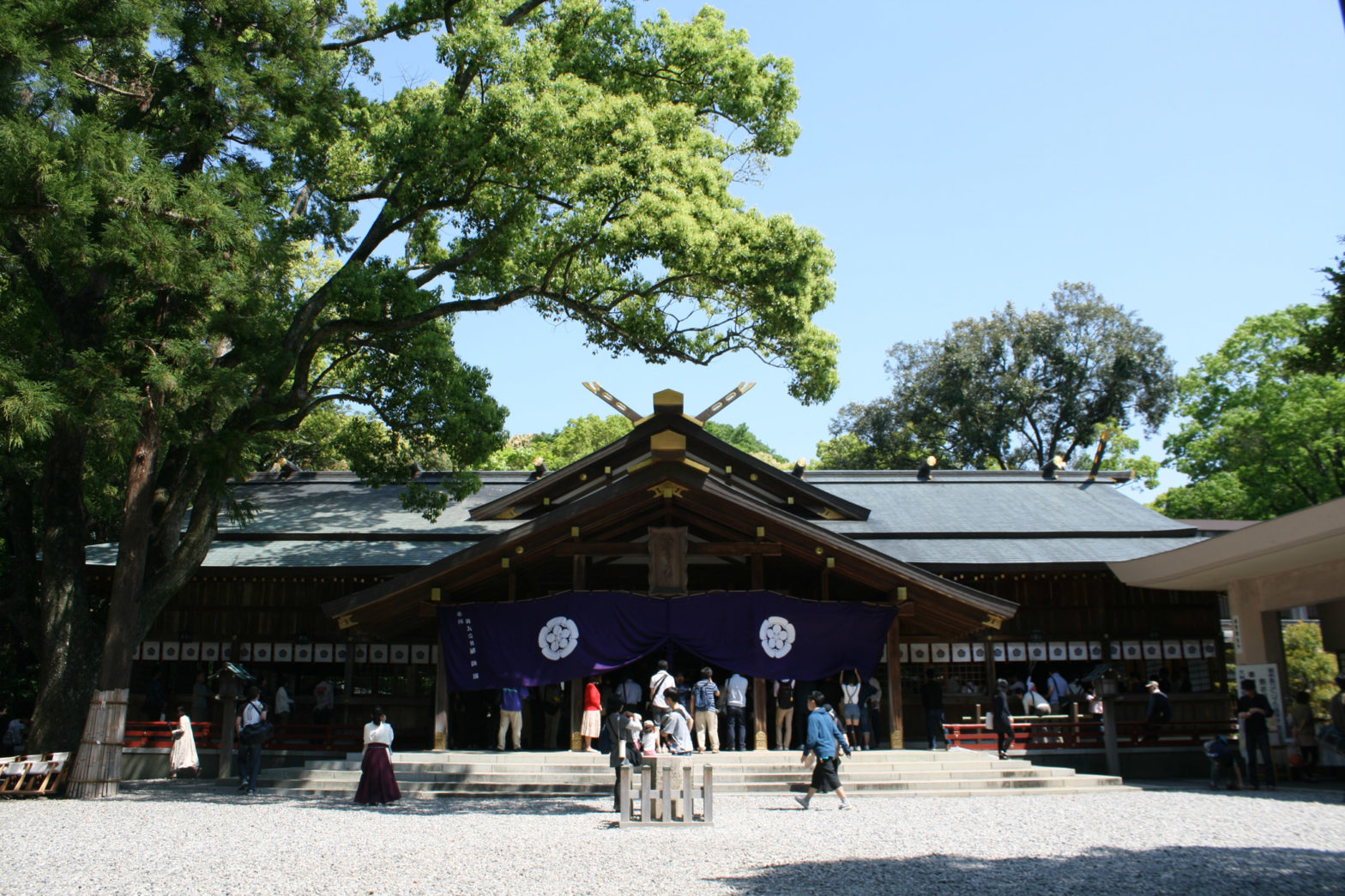
One of the most famous Japanese sightseeing pilgrimages for Japanese and foreigners is the Ise Jingu Shrine, located in Ise city, Mie Prefecture. Ise Jingu is a Shinto shrine that represents the country and is preserved by the imperial family. There are an amazing 125 Shinto shrines within Ise Jingo. Two of the two main shrines are Naiku and Geku.
Naiku means inner shrine, the most venerable sanctuary in Japan. Within Naiku is a Shinto shrine dedicated to Amaterasu-Omikami, the ancestral Shinto deity of the Imperial family. She was enshrined in Naiku about 2,000 years ago and has been revered as a guard of Japan. Geku, the other main shrine, which means outer shrine, was established over 1,500 years ago. This shrine supposedly blesses us with abundant harvests and is the guardian of well-being, providing three essentials of human life: clothing, food, and shelter. More than 1,500 rituals are conducted in both areas yearly, to pray for the prosperity of the imperial family, the peace of the world, and a wealthy harvest.
The Geku is usually visited before the Naiku. If you are arriving at Ise city station by train, Geku is within walking distance. However these shrines are not close to each other. We recommend taking public buses or taxis between the two shrines as it takes about 10 minutes.
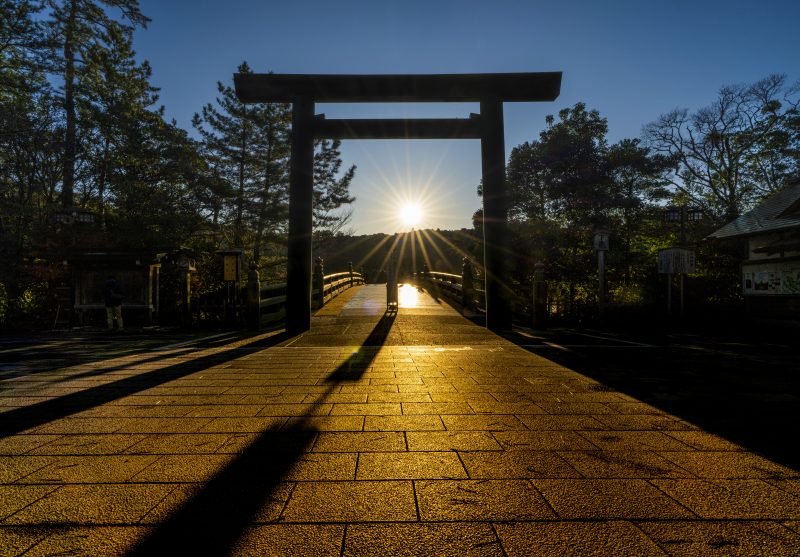
Meditation Retreats and Spiritual Spot
Many Japanese Me Time lovers say Ise Jingu is a healing spot that people want to visit once a year or once in their lifetime. It takes about 4 hours by train from Tokyo. You can take the JR Tokaido Shinkansen bullet trains and transfer to the local trains to get to Ise Jingu. It will cost up to 14000yen. If you want to save on the cost of this trip, you can also take a bus to get to Ise city. The cost is around 5000yen and takes approximately 10 hours. Ise Jingu is about a 10-minute walk away from the Ise city station’s bus stop.
The buses are clean and actually have bathrooms inside. Some of our women members have taken the bus to get to Ise Jingu many times. Don’t worry, it’s safe, and some buses even provide a women-only seating area. If you have the time and are adventurous, taking the bus is not a bad option!
Our Recommendation of Me Time in Ise Jingu
Here is our one day trip recommendation. You can enjoy sightseeing by visiting Ise Jingu and enjoying the local food and visiting the traditional handicraft stores. The one day trip schedule starts in the early in the morning, leaving Tokyo by the Shinkansen. You will arrive at Ise Jingu before noon, worship at the Jingu, eat at a local restaurant, and then check in at your Japanese traditional Inn, called Ryokan. There you would enjoy the hot springs and your meals. In the evening, most of the shops and restaurants are closed. So if you want to eat at a local restaurant instead of the ryokan meals, make sure of the shops’ and restaurants’ operating hours.
The next day, many of us tried our best to get up at 5 am and visit Ise Jingu which is open from 5 am. In the morning at the shrine, the atmosphere is fantastic because it is not very crowded. You can have an experience that will be peaceful, helping you cleanse your mind. After that, we had breakfast at the ryokan and went sightseeing in a city that retains the remnants of Edo. There are many bike rentals which is a fun way to see the city. In the evening, We then get on the Shinkansen and arrived back in Tokyo late at night.
If you can stay 2 nights, it is a good idea to stay at a high-class ryokan, thoroughly enjoying worship time, soaking in the hot springs, and renting a bicycle to see the remaining scenery of the Edo cityscape. And recently two-day trips have become popular. Tokyo to Ise round trip takes at least 8 hours, so if you are super busy, it is a good choice of transportation for you.
How to Pray to God as Kami
In Japan, before facing god, we wash our hands & mouths. This is the method of purification.
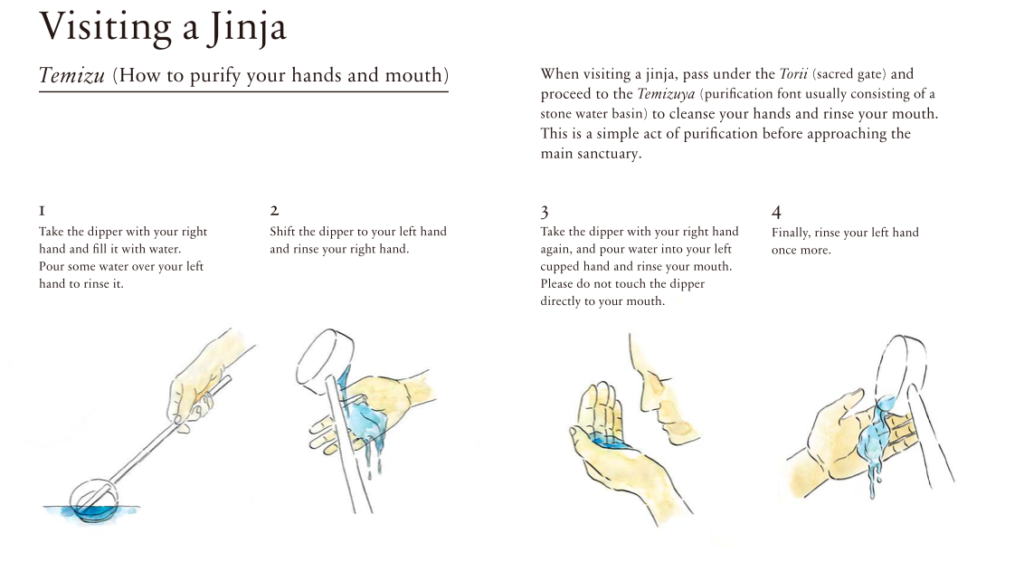
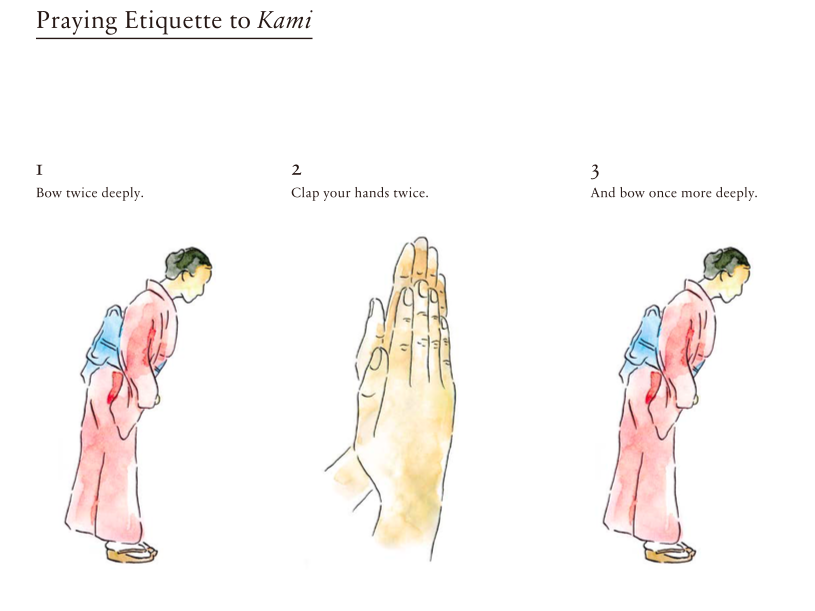
Where to Stay
Here are some of our team’s ryokan choices, specially picked for the solo traveler. Both are the best locations to visit Ise-Jingu and nearby Okage Yokocho, where most people enjoy food and shopping.
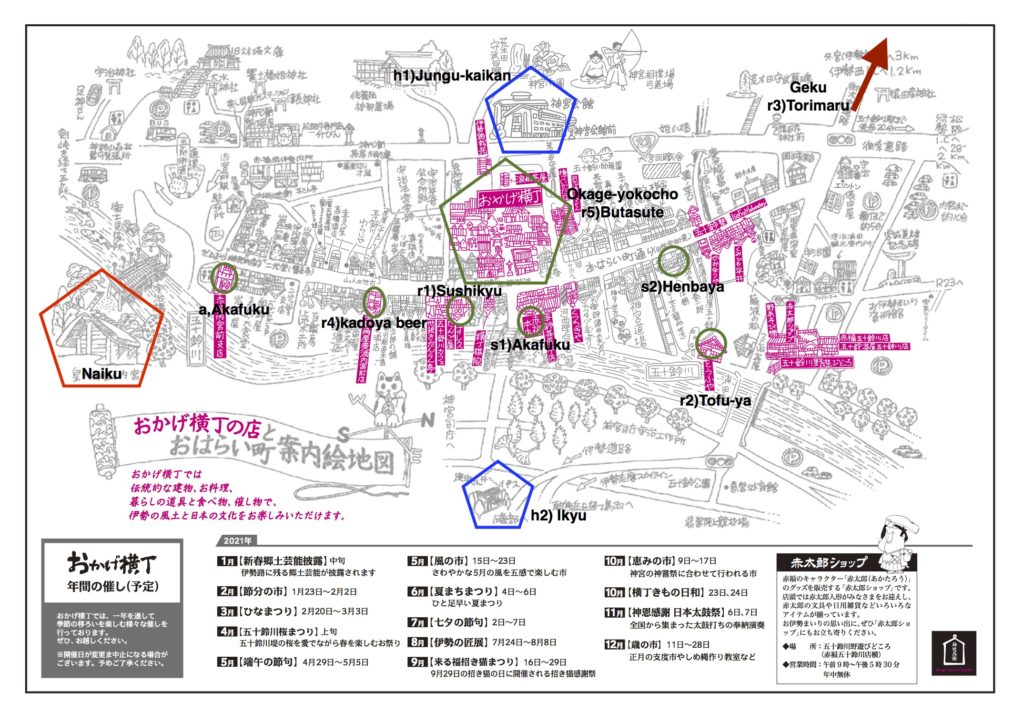
Reasonable, convenient, & a minimalist experience: Jingukaikan (map_h1)
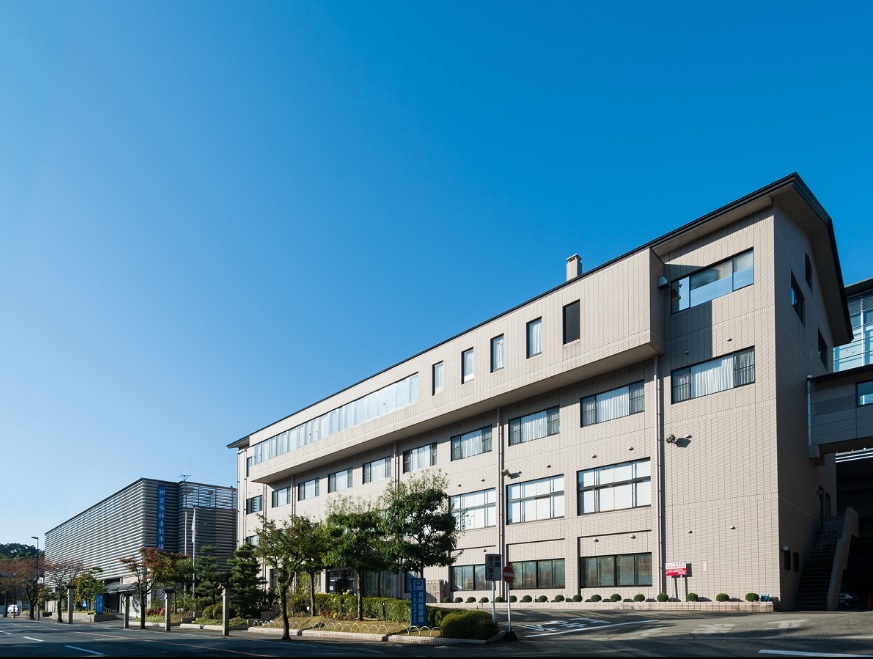
Many foreigners enjoy their stay at Jingukaikan as this is one of the choices for Japanese natives. In addition, many Japanese Me Time lovers who go to Ise Jingu every year are regulars here. The main reason why people stay here is because this place offers guests a complimentary tour to Ise Jingu early in the morning, every day at 6:30 am. Although the tour is only spoken in Japanese, it is good that you can casually browse the beautiful sights. This inn serves meals in only a communal dining area, but many people say that it is good to enjoy the meals like eat fresh lobster and abalone at a reasonable price. On the first floor, there is a large selection of gift shops. It’s convenient to get local souvenirs and sweets.
Fee:$$
Address: 152 Ujinakanokiricho, Ise City, Mie Prefecture
It’s a perfect place to stay for solo travelers who are looking for minimalistic but comfortable ryokan. And it’s easy walking distance to the good local restaurants and shopping areas.
Voice from our members…
Own private open-air bath & Mindfulness: Inishie no Yado Ikyu (map_h2)
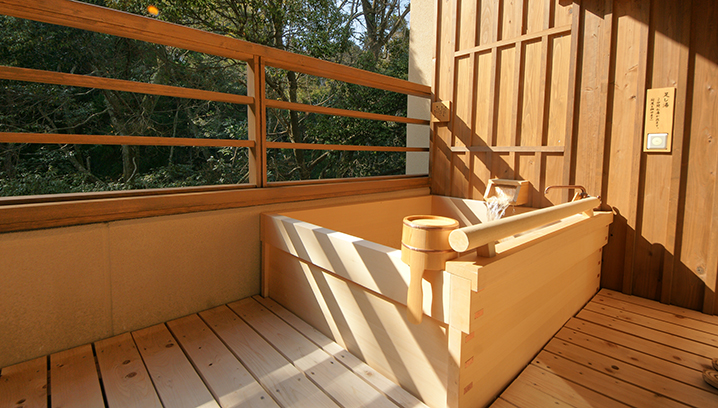
At Inishie no Yado Ikyu, you can have your own private open-air bath in your own room. You can actually see the forest of Ise Jingu from your room! It’s a great Me Time experience where you can relax and heal all of your senses. In this accommodation, you can enjoy your meal in your room. It is a great place to celebrate your Me Time.
There are two public large baths, a stone bathtub, and a cypress-made bathtub. And 4 private baths that have no reservation as they are all first-come, first-serve baths. For solo travelers, they serve meals at the partitioned counter seats. For the main dish for dinner, you can choose various main dishes from the gastronomic ingredients that Ise city is proud of, such as lobster and the Matsusaka beef. Also, they provided traditional bread & coffee complimentary for early visitors to the Ise Jingu, from 4:30 am to 5:30 am.
It’s a tranquil place, very zen-ish, convenient and attractive. You can walk to the inner shrine of Ise Jingu through the narrow path dedicated to this inn.
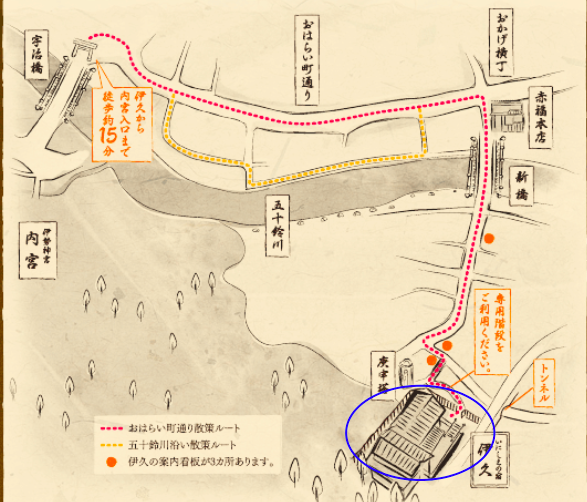
As you can see on the map above, the blue circle is the ryokan. There are 2 different walking routes from the ryokan to Ise Jingu. The pink line Oharaimachi Street is a path through a commercial road, and the yellow line Isuzu River is a walk through the riverside where you can hear birds chirping and peaceful river sounds. Both are great walking courses. Pick one depending on your mood.
Fee:$$$
Address: 679-2 Ujitachicho Iwai Tayama, Ise, Mie Prefecture
Beautiful ryokan with a nature-conscious vibe, and in a great location. When I return to Ise, this is my Me Time go-to hotel!
Voice from our members…
Great Restaurants For Dining Solo
There is a major thoroughfare called Okage-yokocho. Over there, you could enjoy the traditional, long-established tastes and the local special ingredients of each restaurant. On this thoroughfare the historical architecture is condensed and shows all of the charm of Ise. It’s about a 5-minute walk from Ise Jingu Naiku to worship there.
Founded 1831, Ise-style Sushi: Sushikyu (map_r1)
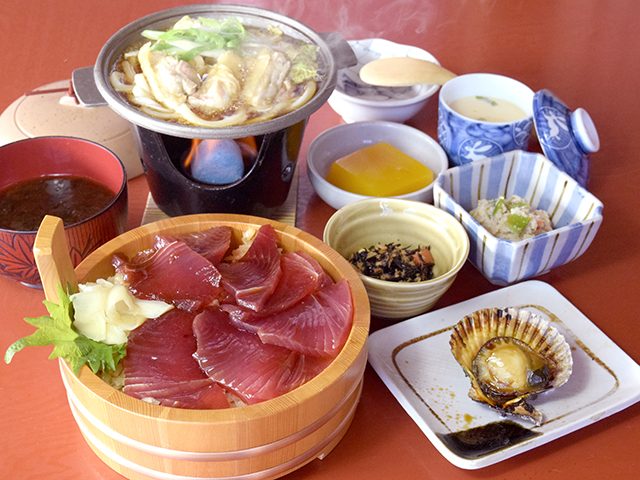
Their signature dish is Tekone-sushi. Traditionally the local fishermen in the Edo era caught tuna and then soaked the tuna in soy sauce on the deck of their ships. The fishermen would then knead the tuna with vinegared rice by hand and eat it on the spot. In this restaurant, they honor the traditional taste and flavors of this type of fresh sushi.
Fee:$$
Address:20 Ujinakanokiricho, Ise City, Mie Prefecture
Tasty Vegan and Gluten-Free Friendly restaurant: Tofu-ya (map_r2)
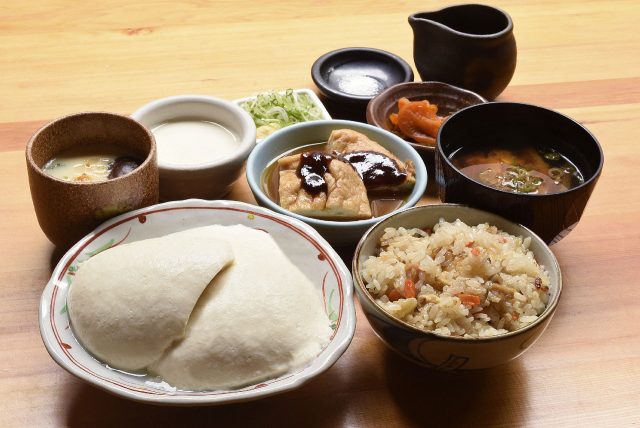
The fresh & delicious tofus are handmade every morning at the shop. The flavorful tofu is slightly warm and wonderfully smooth. Also, they make seasonal tofu made with seasonal local ingredients. And conger eel dishes and a miso-glazed dish called Dengaku, which is grilled over charcoal, are very popular.
Fee:$$
Address: 1-159 Ujiurata, Ise 516-0026, Mie Prefecture
Top seafood Izakaya in Ise: Toramaru (map_r3)
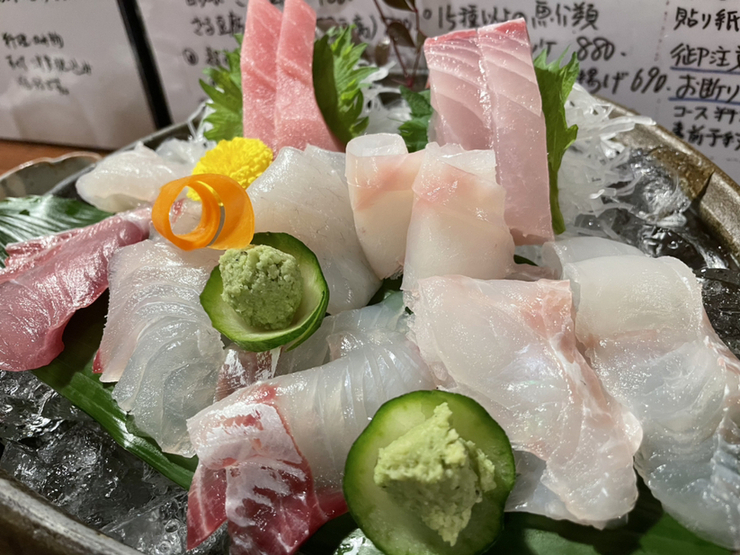
If you like to have fish, this is your place to visit and dine. This traditional restaurant delivers outstanding fresh raw fish sashimi, Japanese fish fry tempura, grilled & simmered seafood, and sushi. Have a counter seat and watch the amazing Japanese chef’s techniques while you enjoy your food.
Fee:$$
Address: 2-13-6 Kawasaki, Ise City, Mie Prefecture
Craft beers and oyster: Ise kadoya Craft beer (map_r4)
This is a great place to try Ise’s local beer and seasonal oyster pairings. Kadoya opened its doors in 1575 as a tea house. They originally served tea and rice cakes, made their own special soy sauce, as well as the Japanese fermented soybean paste named miso for the Ise Jingu’s pilgrims.
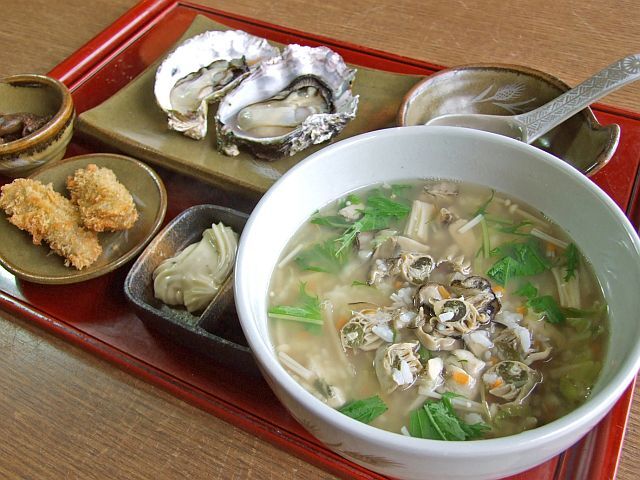
Fee:$$
Address:34 Ujiimazaikecho Toga Shugaku, Ise City, Mie Prefecture
A long-established sukiyaki for over 100 years: Butasute (map_r5)
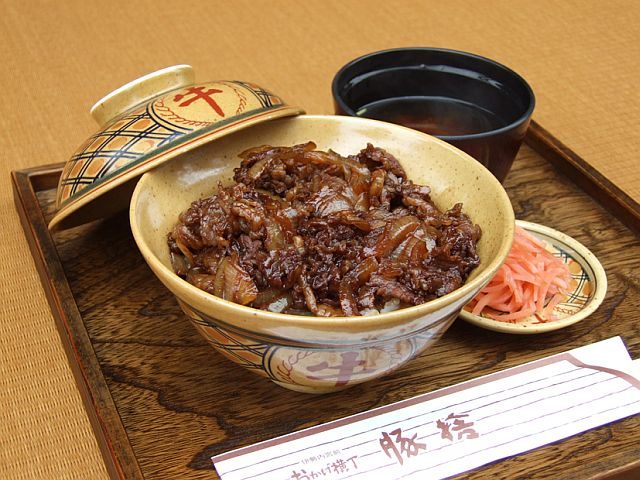
This is a well-known, popular and long-established butcher shop. Their signature items on the menu are beef bowl (a bowl of rice topped with cooked beef and onions), beef hotpot (sukiyaki), and beef & potato croquettes. At the storefront, you can buy the croquettes that are great to have for snacking. It is so popular that people wait one line to get them!
Fee:$$
Address: 52 Ujinakanokiricho, Ise City, Mie Prefecture
Traditional Japanese Sweets shop
Must go place: Akafuku (map_s1)
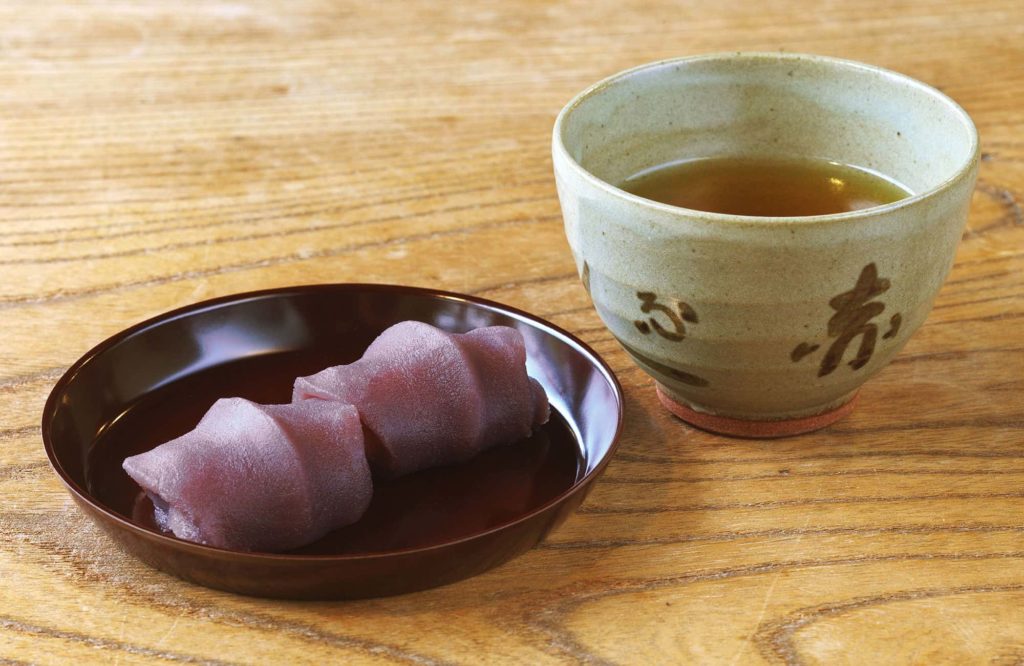
No Trip to Ise is Complete Without Visiting Akafuku. The place was established about 300 years ago, as a tea house in Ise to welcome those visiting the Ise Grand Shrine. Akafuku mochi is a pounded rice cake confection topped with a sweet bean paste.
Fee:$
Address:26 Ujinakanokirichō, Ise, Mie Prefecture
Local’s Sweet Spot: Henbaya (map_s2)
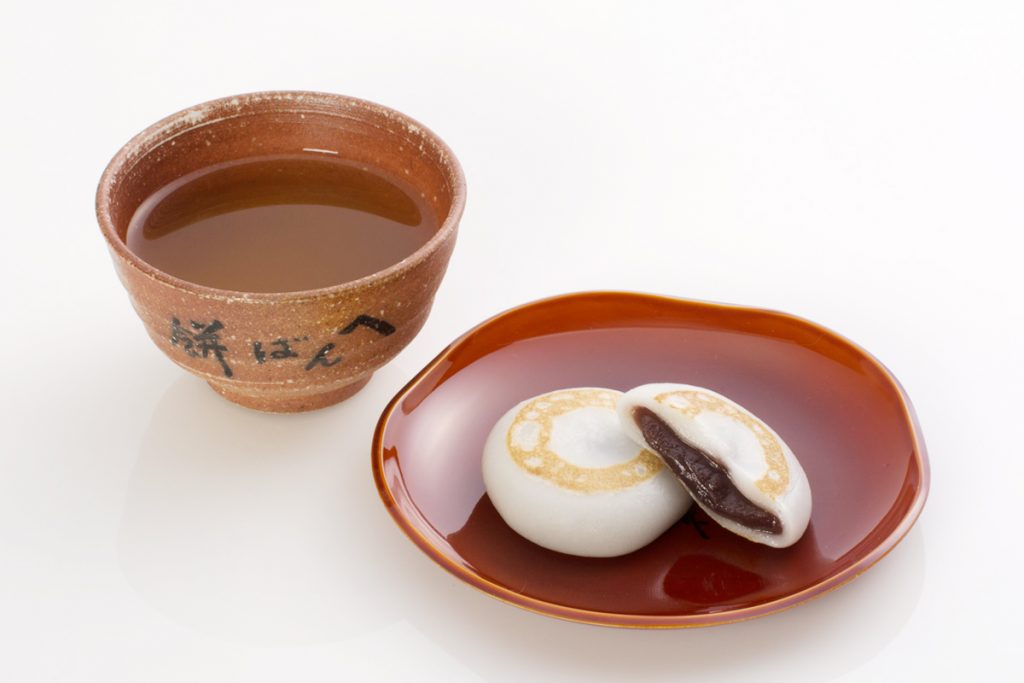
Henbaya was established in 1775 and was originally opened as a horse stable. Henba means “return house”. Henbaya provided tea and rice cakes to Ise Jingu visitors who sheltered their horses there. When the visitors crossed the Miya River on route to the shrine, their horses would go stay at the stables. This spot serves a very popular rice cake filled with red bean paste. Compared with Akafuku, many locals prefer this place to have the Japanese traditional sweets.
Fee:$
Address: 1-149-1 Uji Urata, Ise-shi, Mie Prefecture
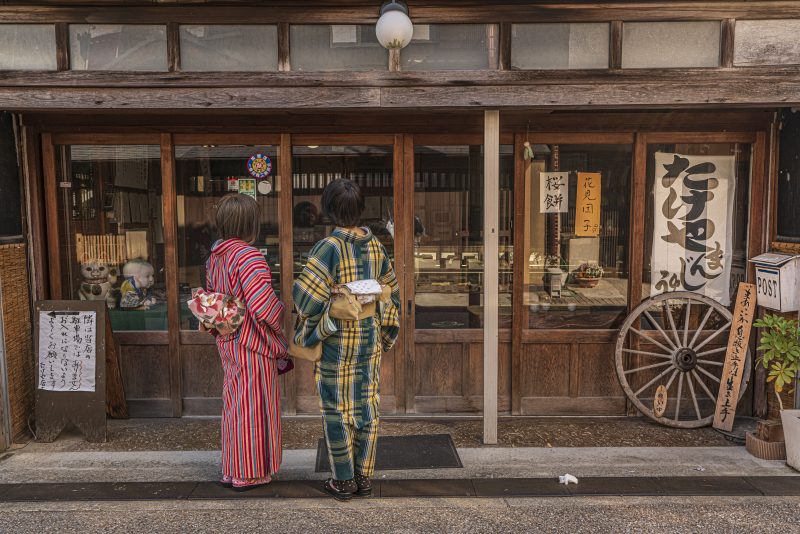
And More Fun activities!
Discover hidden facts about the Pearl: Mikimoto Pearl Island
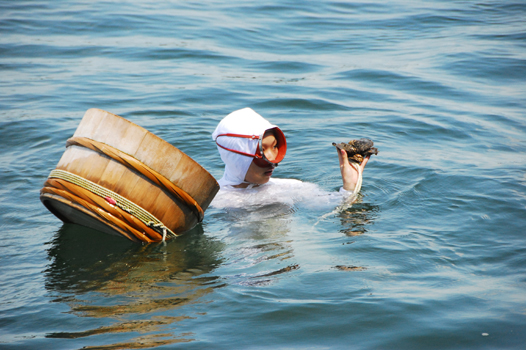
This island is known as the birthplace of cultured Akoya pearl aquaculture. It belongs to Mikimoto, the Japanese luxury pearl jewelry company. The best attraction at the inland is the in-person female pearl-divers tourist demonstration called Ama. In the past, women divers would wear the traditional white diving suit, hold their breaths for approximately 3 minutes, and dive down to a location 5 meters (16 feet) below sea level. Ama traditionally farmed and collected the pearls manually before the modern pearl cultivation technique was developed.
Enjoy your own “Me Time”!

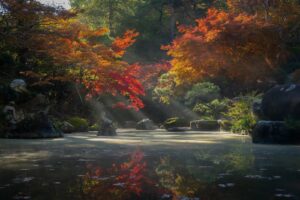
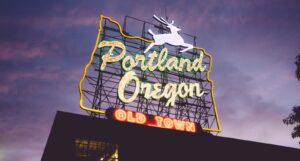

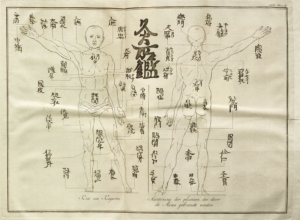
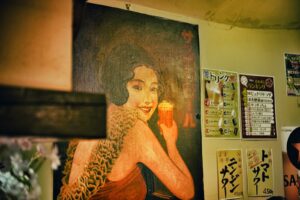
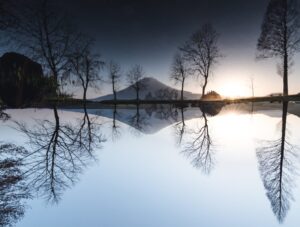
 Instagram
Instagram